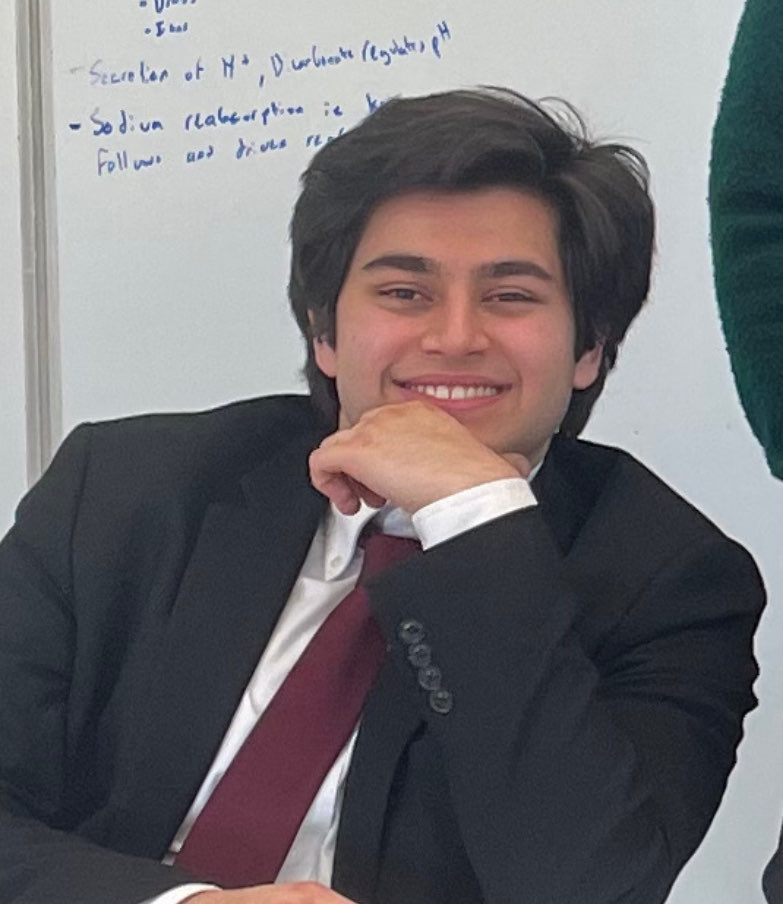Faculty Sponsor: Jennifer Mitchel

Ziyad Rahman
Ziyad Rahman is a rising Junior at Wesleyan University from Houston, Texas. He is majoring in Math and Computer Science with a minor in Data Analysis. Ziyad is interested in low-level computer operating systems and cloud computing. After college, he’s planning to go into software engineering.
Abstract: The wound healing assay experiment is used to study cell motility. Practically, it involves mimicking a wound by separating cells then taking high resolution videos of the cells in the hours and days after separation. To track cell movement, biologists can dye cell nuclei and use a computer algorithm to track them. Certain cells cannot be nuclei dyed, so biologists opt to dye their cytoplasm instead. However, traditional algorithms to track cell movement have difficulty with such dyes. This study investigates an alternate method, Recurrent All-Pairs Field Transforms (RAFT), which uses deep learning to extract trajectories for the cells. We ask if we can use nuclei-dyed cells and their trajectories obtained through traditional methods (the Farneback algorithm2) as the training data. Given the large sizes of these videos (~8GB-32GB), computers may not be able to load the entire video into memory at once. As such, we compare different preprocessing approaches against each other by taking cytoplasm-dyed data and comparing a custom composite error metric across models. We find that models trained on lower resolution training data often performs better than models trained on images with a scale factor closer to one. We also find that despite the rule of thumb, batches of one outperform batches four and six.
Ziyad-Rahman-Summer25-QAC-Poster
